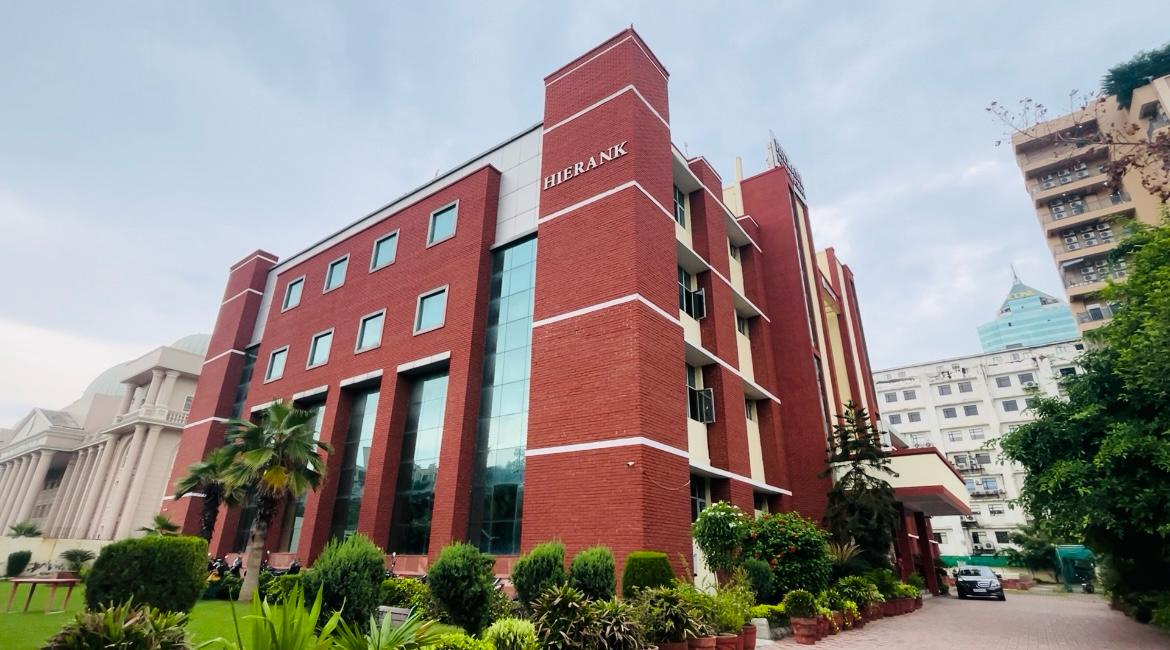
By Prof. Rajesh Sahay, Chairman, Hierank Business School Noida
Industry-academia collaborations in India have undergone a significant transformation, evolving from isolated efforts into a vibrant ecosystem that bridges the gap between theoretical learning and industry needs. These partnerships have become essential in driving innovation, fostering economic development, and enhancing student employability.
Key Drivers of Transformation
1. Shift from Theory to Application:
o Earlier collaborations were often confined to theoretical research with limited practical application. Over time, the focus has shifted towards applied research, where academic institutions work closely with industries to develop solutions that address real-world challenges.
o Interdisciplinary Learning: Allow students to combine specialist learning with meta-competencies that open secondary employment opportunities.
o Industry Training for Teachers: All teachers should receive practical industry training in their specialization to stay updated with current practices.
2. Innovation as a Core Objective:
o These collaborations now prioritize innovation, with joint efforts leading to the development of new technologies, products, and processes. Research parks, innovation labs, and startup incubators within academic institutions have become common, serving as hubs for collaborative innovation.
3. Economic Development:
The synergy between industry and academia contributes to economic growth by driving technological advancements and creating job opportunities. Collaborative research often leads to the commercialization of innovations, benefiting both the economy and society.
4. Enhanced Student Employability:
One of the most significant outcomes of these collaborations is the improvement in student employability. By involving industry in curriculum design, internships, and hands-on training, students gain skills that are directly relevant to the job market. This alignment with industry needs ensures that graduates are well-prepared for the workforce.
5. Government Initiatives and Support:
o Government policies and initiatives, such as Make in India and Startup India, have further strengthened these collaborations. By providing funding, incentives, and infrastructure, the government has played a crucial role in fostering a collaborative ecosystem.
The evolution from isolated efforts to a dynamic ecosystem of industry-academia collaborations marks a significant shift in India’s approach to education and innovation. As India mark its 77th Independence day, enhanced industry partnerships will be now pivotal in driving technological progress, economic growth, and enhancing the employability of the future workforce. As this ecosystem continues to thrive, it is set to play a crucial role in shaping India’s position as a global leader in innovation and knowledge-based economy.








Профессиональный сервисный центр по ремонту бытовой техники с выездом на дом.
Мы предлагаем:ремонт крупногабаритной техники в москве
Наши мастера оперативно устранят неисправности вашего устройства в сервисе или с выездом на дом!
вавада официальный сайт: вавада казино – вавада зеркало
пин ап зеркало: пин ап зеркало – пин ап зеркало
pin up azerbaycan: pin up casino – pin up az
вавада казино: vavada – вавада официальный сайт
vavada casino: вавада казино – вавада
pin-up: pinup az – pin-up casino giris
antibiotic without presription antibiotic without presription or antibiotic without presription
https://cse.google.co.za/url?sa=i&url=https://biotpharm.com get antibiotics quickly
cheapest antibiotics cheapest antibiotics and buy antibiotics over the counter over the counter antibiotics